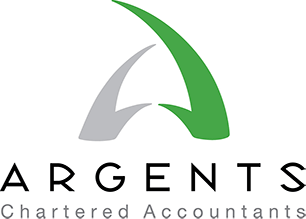Company accounts thresholds rise - February 19th 2025
New company turnover and balance sheet thresholds in annual accounts will reduce the reporting burden for over 130,000 companies, saving an estimated £240.2 million in annual costs.
The changes, which come into effect from 6 April 2025, increase by around 50% the turnover and balance sheet criteria that help determine whether a company is a micro-entity, small, medium-sized or large for the purpose of reporting and audit requirements under the Companies Act 2006. Groups of companies are subject to similar thresholds except that a group cannot be a micro-entity. The new thresholds will also apply to limited liability partnerships (LLPs).
Micro-entities and small companies are not required to have a statutory audit of their annual accounts and do not have to produce a strategic report. They can also adopt simpler accounting requirements. Micro-entities also need not prepare a directors’ report. Medium-sized companies are exempt from certain strategic report requirements.
From 6 April 2025 a company or LLP will be a micro-entity if it has turnover of not more than £1 million and a balance sheet total of not more than £500,000. The thresholds for being small will be £15 million turnover and £7.5 million balance sheet total, and for medium-sized, £54 million turnover and £27 million balance sheet total.
A transitional provision will let a company qualify as a particular size by reference to its turnover and balance sheet total of a previous financial year. This will allow companies and LLPs to benefit from the new thresholds as quickly as possible.
The increases account for inflation since 2013 when the thresholds were last set. The government estimates that around 113,000 small companies and LLPs will become micro-entities, 14,000 medium-sized companies will become small and 6,000 large companies will qualify as medium-sized.
Simplified reporting
The changes also remove several reporting requirements from the directors’ report that overlap with other reporting requirements or provide little material value to investors and other users of company reporting.
Size classification also affects the operation of the off-payroll working tax rules, commonly known as IR35. These rules require payment of income tax and national insurance where a worker provides services to a client through their own intermediary, and would have been an employee if they had worked directly for the client. If the business client is small, the intermediary must determine whether the rules apply. Otherwise, it is the client who must ensure the rules are followed.
